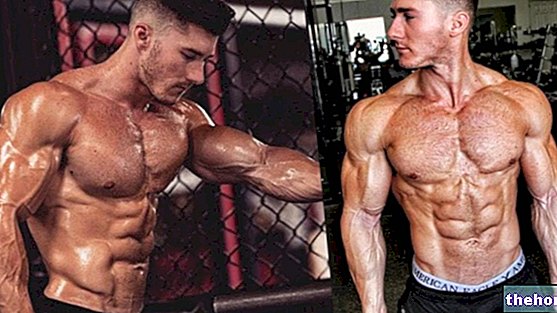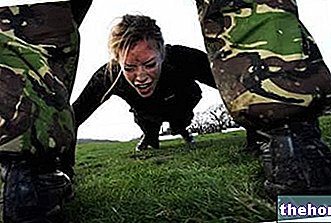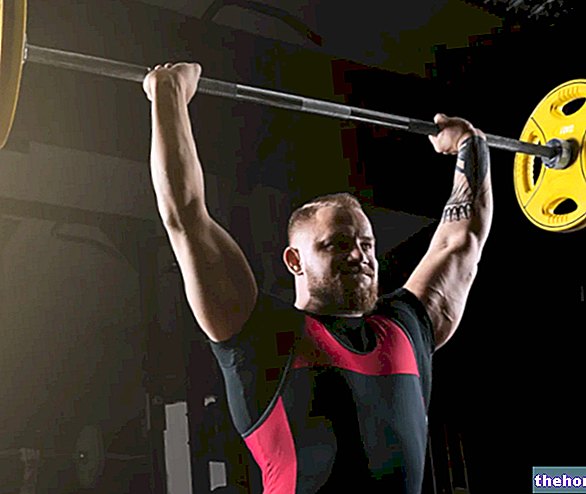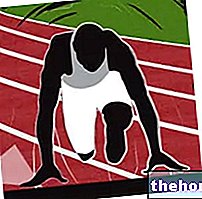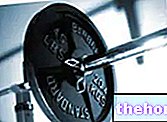By Dr. Marco Martone
Along with strength and endurance, the development of good flexibility, or joint mobility, is also an essential component of motor performance. In bodybuilding, as well as in all power sports, in recent years the development of flexibility has conquered more and more space in the annual programming, therefore it has become a real must in athletic training, not to mention the benefits that are had on the competition stage in terms of greater elegance in proposing the classic poses without showing an awkward appearance; indeed when you watch a competition you could easily realize who is stretching and who is not.

One of the most renowned scientists in the environment, Dr. Tudor O. Bompa, a scholar of human performance and a strong advocate of periodization to build power and muscle mass, asserts in his book "Serious Strentgh Training" that: "Before developing strength muscle in a specific muscle sector, it is necessary to develop the flexibility of that sector ". This is because the development of good joint mobility can both increase performance in terms of strength, power and muscle mass and be considered a sort of insurance on the joints in play .
Let's talk first about the possibility of increasing performance and muscle recovery through the use of stretching, therefore with the acquisition of greater joint mobility. To do this I need you to have a clear understanding of the constitution of the muscle fiber.
Inside each muscle fiber there are smaller units called myofibrils, in turn each myofibril is composed of a series of units known as sarcomeres. In each sarcomere we find the thick filaments called myosin and the thinner ones called actin; these filaments, both the thick and thin ones are located on separate but parallel and slightly overlapping paths. Actin and myosin are considered the real contractile proteins in the sense that they are responsible for muscle contractions, in fact it is the slip of actin , therefore its superposition on the myosin to determine the shortening of the sarcomere, thus determining muscle contraction. If in the contraction the actin filaments overlap with those of myosin, in the elongation the opposite occurs, ie a structural elongation of the fibers occurs due to the fact that each sarcomere extends to the point where there is no longer any overlap. According to some studies, this condition would determine the possibility of increasing muscle performance.


From:
www.sci.sdsu.edu/movies/actin_myosin.html

In particular, a research conducted in some London universities has attested that after periods of prolonged muscle lengthening the body perceives the reduction of the overlap between actin and myosin and resynthesizes new sarcomeres in the final part of the myofilaments so as to restore the quantities of actin and myosin overlaps. inside each sarcomere. It is clear that a greater overlap results in a potential production of greater force. Another important fact that emerges from the studies on joint flexibility is that performance is better also because less muscle stiffness increases the potential for use of the elastic components of muscle groups.
I bet you've got the urge to stretch, but it's also important to know when to do it. In fact it is not the same thing to do it before or after the workout, indeed it can be harmful if done before because it has been shown that it can cause you to lose a percentage of strength. Studies on joint mobility, on the other hand, confirm that performing stretching exercises at the end of the workout is the best choice because it accelerates the recovery process; in fact, after training a muscle is slightly shorter than its anatomical length and, considering that in order to regenerate, therefore it must necessarily return to its natural length, the stretching performed after the workout brings the muscle length back to its optimum by accelerating in this way the so important recovery processes.
CONTINUE: Second part "

